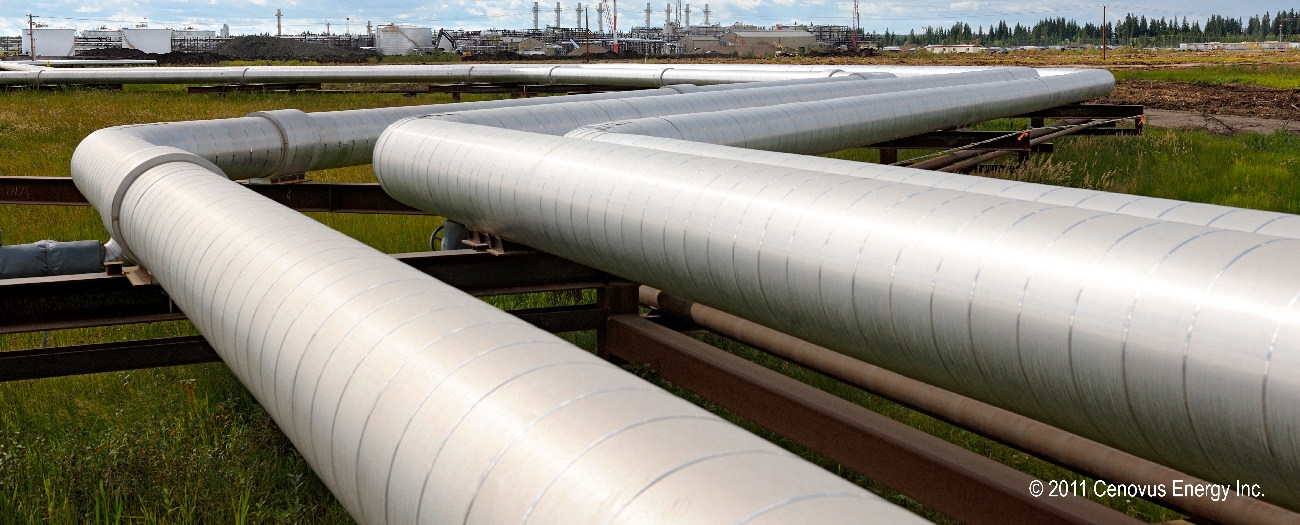New technology could save Alberta’s oil sands industry both money and time
Alberta - February 19, 2019Energy companies in Alberta face no shortage of challenges when it comes to moving oil and gas. One of them is the shipping of the thick, molasses-like resource known as bitumen out of our landlocked province.
Oil sands companies often rely on pipelines to get the job done. Unfortunately, pushing a sticky substance through a tube is as difficult as it sounds.
To make the successful trip, lighter hydrocarbons (i.e., diluent) must be added to the bitumen to make it less gooey and more transportable. The diluent liquids aren’t cheap—Canadian companies spent an estimated $13 billion on diluent in 2016. It must be added to raw bitumen before the bitumen can enter a pipeline. Diluent is then removed at the end of the journey, which is often at a refinery in the United States or elsewhere in Canada. But with both diluent and bitumen in the same pipe, another issue arises: cramped space in a pipeline.
“When a company has to ship both bitumen and diluent through its pipelines, that diluent ends up wasting a lot of space—sometimes up to 30 per cent,” Muzammel Mann, a technical advisor at the Alberta Energy Regulator (AER), says.
Putting Money Where the Bitumen Is
Only in the last few years has Alberta opened its mind to a possible and more affordable solution to the space problem: partial upgraders.
Partial upgraders are an emerging technology that can be attached to existing facilities or stand on their own. They thin the raw bitumen, without the use of diluent or other liquids, and help it flow easier by stripping away some of the “heavier” components. The result is lighter, more processed bitumen that rides smoothly through Alberta’s pipeline freeways.
Partial upgraders not only lower industry’s dependency on diluent; they also free up space in pipelines and help reduce transportation costs.
“There are a lot of industry experts who believe the ‘more for less’ prospects will entice companies to get on board,” says Talla Roushan, project lead for partial upgraders at the AER.
Partial upgrading, although new to Canada, has grown into a hot topic. The University of Calgary’s School of Public Policy published a 2017 study that highlighted its benefits. In 2018, the Government of Alberta announced a $1 billion investment toward new partial upgraders, some of which could be up and running as early as 2022.
To prepare for an influx of applications, the AER recently clarified how it will review partial upgrader applications about mining and in situ projects. Companies can apply for such projects on the AER’s website.
“The way I see it, we never want to be a barrier to investment or new technology,” says Roushan. “If we can support both, while fulfilling our mandate, the result will hopefully help Alberta as a whole.”
External News Coverage
Alberta turns to partial upgrading technology to move more oil through pipelines
Globe and Mail | February 7, 2019
Can't pipe, will upgrade: New $2B oilsands upgrading facility secures $440M loan from Alberta
Financial Post | January 22, 2019
Alberta considering six proposals for $1B oilsands partial upgrading funding
JWN | November 23, 2018
Oil sands upgraders may make a comeback amid pipeline crisis
Bloomberg | March 12, 2018
Kara MacInnes, Writer


